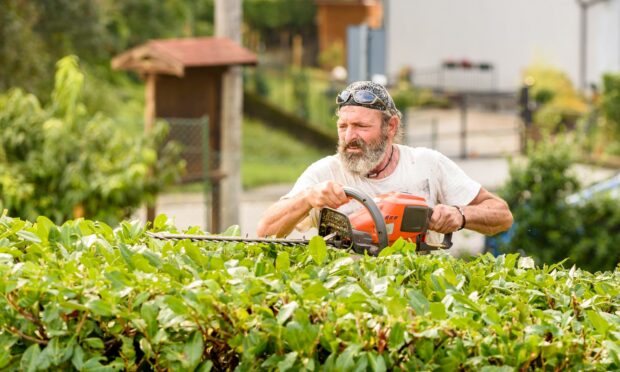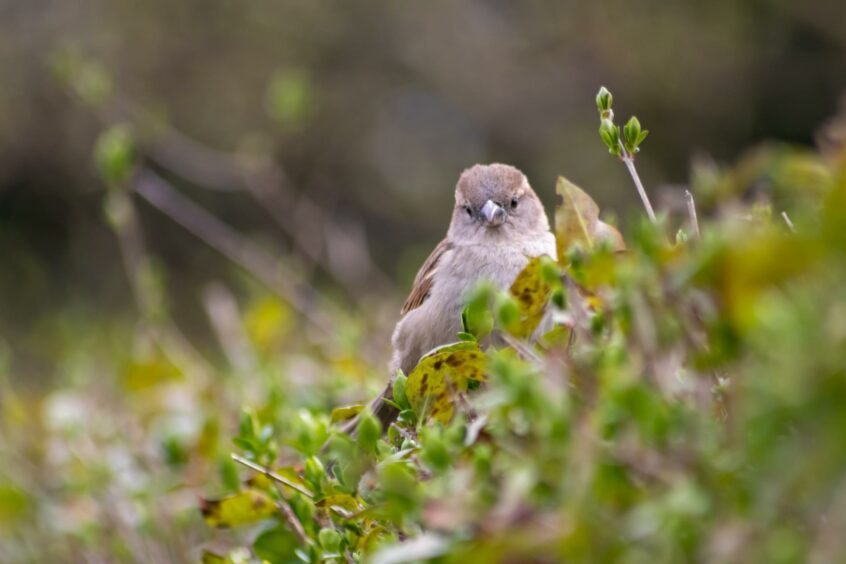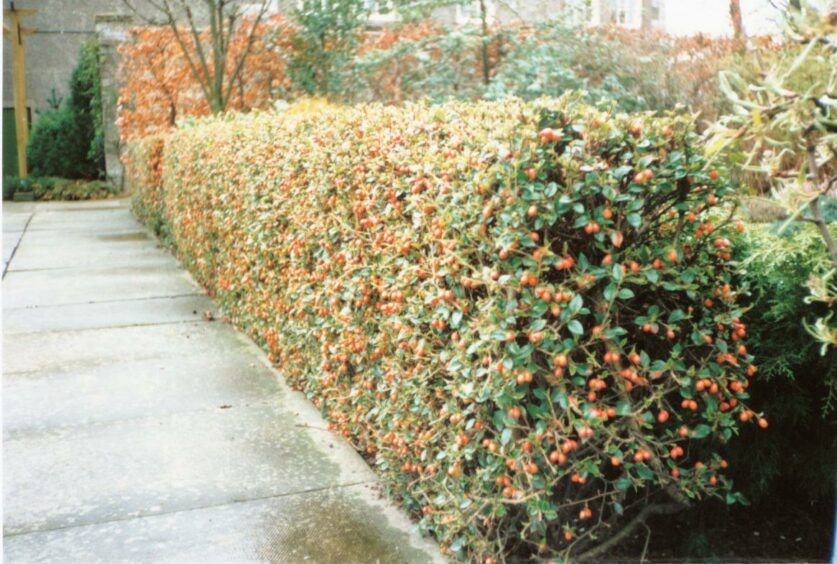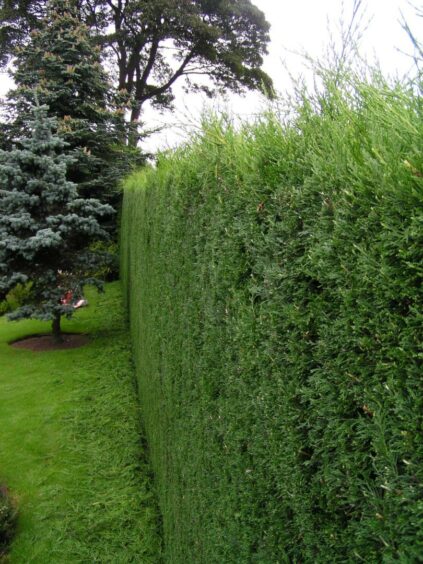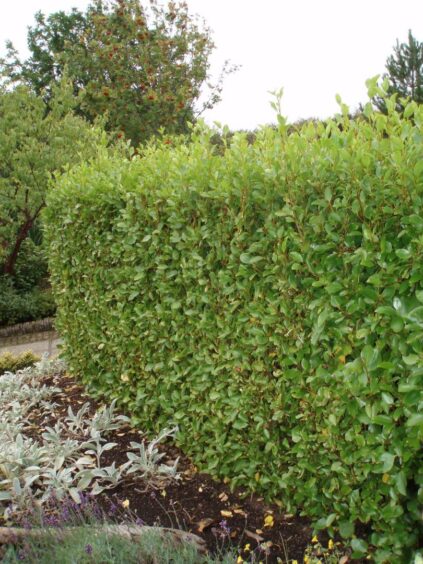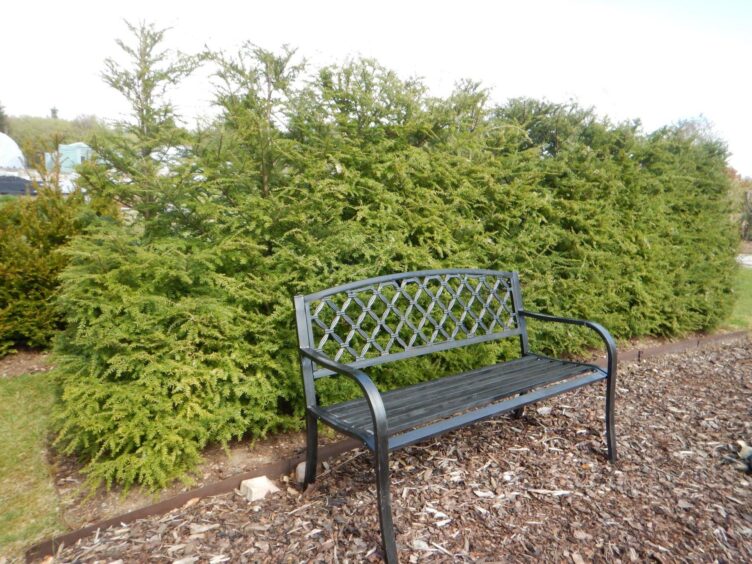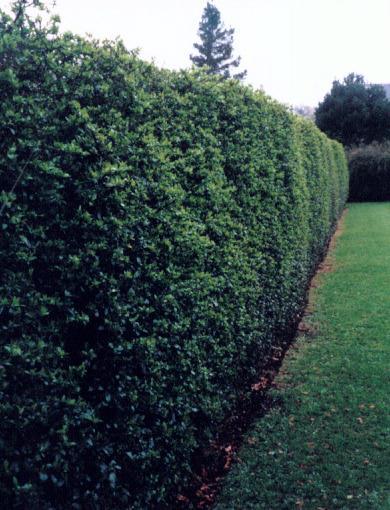Recently I came across a report from one of the universities on how hedges benefit the environment in our towns and cities.
What struck me was the relationship between that finding and the current problems across the land regarding the loss of so many trees as a result of the gales and how that will affect our environment.
Carbon capture
There must be hundreds of miles of hedging in our towns and cities, still doing a fine job relating to carbon capture.
Usually hedges are planted to provide shelter and privacy but maybe we should be planting more of them so that town and city dwellers can feel that they are contributing to the slowing down of climate change.
Wildlife
Hedges provide habitats for birds and other wildlife, shelter for our garden plants and, linking into the current discussions on climate change, they have a significant part to play in carbon capture.
With so many new houses being built and reportedly many new gardeners too, methinks it is time for a recap.
Establishing a hedge will protect the plants in the garden, provide a bit of privacy and it can be an added attraction too.
If you are trying to establish any plants on a new site (not just hedging) it pays to work on the soil conditions by cultivating the area incorporating some well-rotted compost or farmyard manure (FYM).
As if that weren’t enough to contend with however, these young plants may have to battle with the wind from day one unless you anticipate that problem, by giving them some shelter.
Planting
This is a good month to be planting.
To digress for a moment, many hedging subjects like privet, beech and hawthorn are bought as bare-rooted plants.
Time is now running out to get them planted as the new growth begins to appear. You have days, not weeks, to get the job completed.
Oh, I am well aware that landscape contractors, especially on major sites like road schemes, will carry on bare-root planting until the end of April at least, but the best of them will be drawing their stock from cold storage.
Bare-rooted plants
If your plants are in pots you don’t have to be in such a hurry.
Bare-rooted plants can be planted temporarily all together, just as they are, in a hole dug in the veg plot.
Firmed in gently with the heel this will keep them in good nick till you are ready to plant them.
There were two essential points to be made at the outset, soil conditions as I have already mentioned, the other being protection.
The shelter to be provided is vitally important, so much so that good planners would have it in place before the planting is done.
The simplest technique is to erect a post and wire fence in the normal way (with posts at 2m centres), three wires being sufficient, positioned on the windward side and then on the outside of the wires, stretch a roll of windbreak fabric about one metre high.
Fence mistakes
One basic mistake I see regularly is attaching the fabric on the leeward side of the posts, when this is done, it means that the wind will be forever pushing the material AWAY from the posts putting a constant strain on the fixings.
Here is another tip – don’t use staplers to pin the fabric in place. With the fabric stretched on the windward side of the post, it should be held in place with wooden battens, which are screwed or nailed to each post.
To the plants – the most common are privet and beech, with hawthorn the most often used in the countryside.
Hedge favourites
One of my favourite semi-evergreen hedges suitable for the garden, certainly ideal for hedging up to a height of 1.5m or thereby, is Cotoneaster simonsii.
That said, I do prefer to use evergreen plants for hedging in the garden situation.
My favourite for seaside situations is Griselinia – it is a cracker, incidentally it will do well up to 2m high.
Inland, I have to say that Pyracantha for hedges up 1.5m with glossy green leaves and lots of berries for the wildlife comes high on my list and then for anything higher I switch to conifers.
In our last house we had a Leyland Cyprus hedge which grew to 2m high.
That certainly gave us privacy from a public path and shelter all year around from punishing east winds.
Beechgrove
Another belter which we planted at Beechgrove was probably even better than the Leyland – Western Hemlock.
Contrary to what people might think these two vigorous conifers could be kept within bounds with ONE trimming per year, usually in September.
